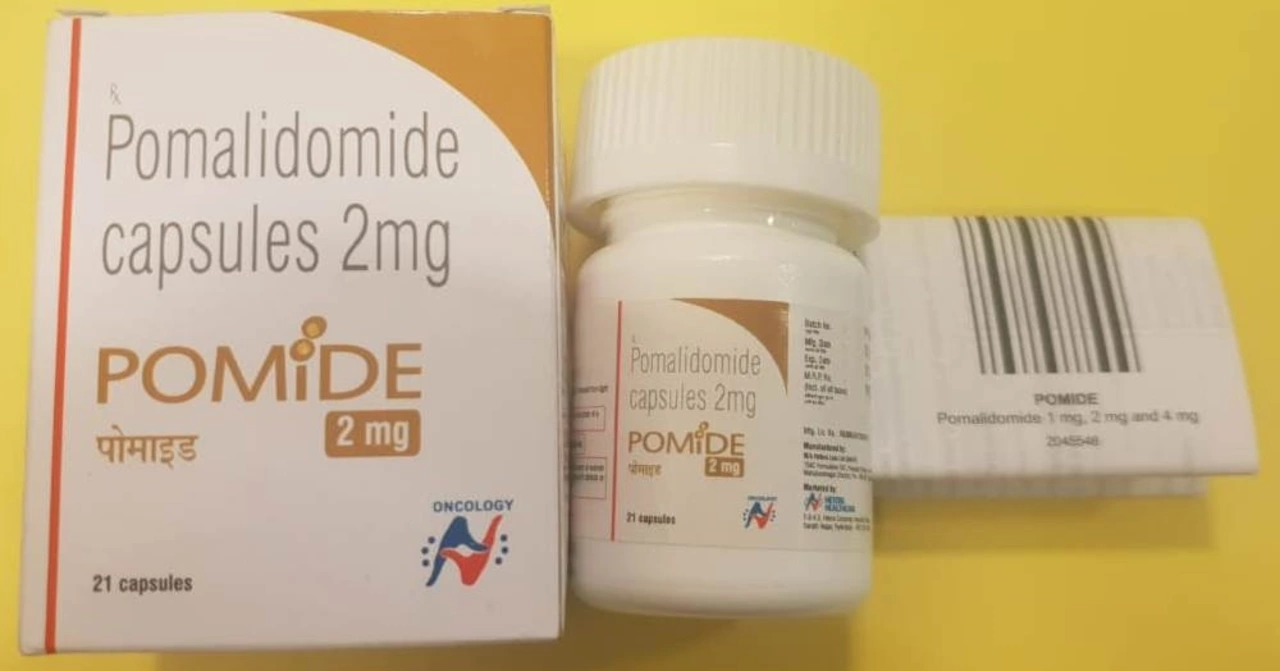Combination therapy: what it is and why it matters
Combination therapy means using two or more medicines together to treat one condition. That simple idea powers major advances — from HIV treatment to preventing repeat heart attacks — but it also raises real safety questions. Knowing why your doctor prescribed a combo, what to watch for, and how to avoid trouble makes the difference between benefit and harm.
Why doctors choose combination therapy
Doctors use combos for a few clear reasons. First, combining drugs can block a disease in more than one way, which usually works better than a single drug. For example, modern HIV care uses at least three drugs from different classes to stop the virus and prevent resistance. Second, combinations can let each drug be used at a lower dose, cutting some side effects. Third, some combos prevent a predictable problem — like aspirin plus clopidogrel (Plavix) after certain stent procedures to lower clot risk. Finally, combos appear often in infections, cancer care, and chronic diseases like diabetes where hitting multiple targets helps control the illness.
Concrete examples you’ll see in practice: antibiotics are sometimes paired (a beta-lactam plus an aminoglycoside) for certain severe infections; blood thinners are combined briefly after a heart procedure; weight-loss and diabetes regimens often stack drugs to improve results. Each match has a medical reason — not random mixing.
How to stay safe with combination therapy
Combos can be powerful, but they can also increase drug interactions and side effects. Key safety steps: keep an up-to-date medicine list (include OTCs and supplements), use one pharmacy when possible, and ask your pharmacist to run an interaction check. Some supplements and herbs matter — for instance, St. John's wort can make many drugs less effective, and sedative herbs like valerian can add to sleep meds.
Practice these habits: always follow dose and timing instructions, don’t stop or add a drug without talking to your prescriber, and get the labs your doctor orders (liver, kidney, blood counts) so problems are caught early. Watch for warning signs — new rashes, sudden bruising or bleeding, yellow skin or eyes, breathing trouble, or severe stomach pain — and contact your provider if any show up.
Buying meds online? Be cautious. Use verified pharmacies and check reviews and credentials. Our site has guides on safe online buying for specific drugs if you need help verifying a source.
Finally, bring questions to your next visit: Why this combo? How long will I take it? What interactions should I avoid? Who should I call if side effects appear? A short conversation up front prevents most surprises and keeps combination therapy working the way it should.

The role of pomalidomide in combination therapy for cancer treatment
I recently came across an interesting topic about the role of pomalidomide in combination therapy for cancer treatment. Pomalidomide is an immunomodulatory drug that helps in boosting the immune system to fight cancer cells effectively. When used in combination with other therapies, it has shown promising results in treating various types of cancer, particularly multiple myeloma. This approach not only enhances the effectiveness of the treatment but also reduces the side effects caused by other drugs. I believe this innovative combination therapy is quite promising and could potentially revolutionize cancer treatment in the future.
More Detail